After checking the salt in your water softeners’ brine tank, you look over your water softener to make sure everything is ok and you notice an area behind the control valve that says “Bypass” and “Service”.
You’ve never really given it much thought before, but just what do “Bypass” and “Service” mean, and should your water softener usually be in the “Bypass” or “Service” position?
A water softener should be in the “Service” position to soften water and in the “Bypass” position when you don’t want water flowing through the water softener. The “Service” position allows water to flow through the water softener and the “Bypass” position diverts water from the water softener.
Most water softeners are installed with a bypass so you can stop your water from flowing through the water softener if you choose to. It is important to know where the bypass is on your water softener and what it does so you can use it when you need it.
Here’s What We Will Be Covering:
- What Is A Water Softener Bypass Valve And What Is It For?
- Which Mode Should A Water Softener Normally Be In, “Bypass” Or “Service”?
- When Should A Water Softener Be In “Bypass” Mode?
- What Happens When A Water Softener Is In The “Bypass” Mode?
- What Happens When A Water Softener Is In The “Service” Mode?
What Is A Water Softener Bypass Valve And What Is It For?
A water softener bypass valve is a valve or a series of valves that controls whether incoming water will go through the water softener to be softened by the water softener, or if the incoming water is diverted from going through the water softener.
Basically, a water softener bypass valve allows incoming water to flow through the water softener or “Bypass” the water softener.
It is used in the “Service” position to allow the water softener to soften your water or in the “Bypass” position when you want to stop water flowing through the water softener but still needs unsoftened water to continue beyond the water softener.
Which Mode Should A Water Softener Normally Be In, “Bypass” Or “Service”?
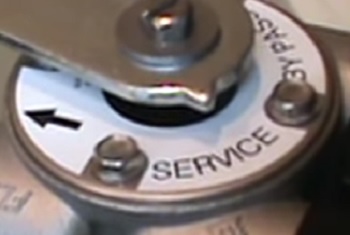
In order for a water softener to remove hard minerals from your water, your water needs to flow through the water softener resin that is contained within the water softener.
When inside the water softener tank, hard minerals are removed from your water by the water softener resin through a process called ion exchange.
So your water needs to be “In Service” for it to soften your water which means that your water is flowing through the water softener tank and through the water softener resin.
Simply put:
- Service = Water Flowing Through The Water Softener (Soft Water)
- Bypass = Water NOT Flowing Through The Water Softener (Hard Water)
There are several types of water softener bypasses. Some are a single lever, two knobs, a single dial or knob, a sliding bar, or a set of three water valves. Here are four common types of water softener bypass valves in the “In Service” positions.
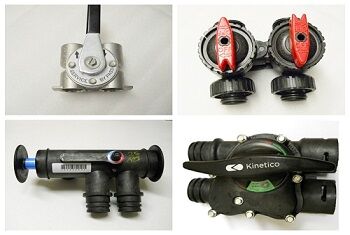
When Should A Water Softener Be In “Bypass” Mode?

By putting your water softener into the “Bypass” position, you are actually opening and closing valves that stop your water from flowing through the water softener. Instead, the water simply flows from the incoming pipe directly to the outgoing pipe.
There are several circumstances when you would put your water softener into the “Bypass” position to divert your water from flowing through the water softener.
- When there is a leak from your water softener
A water softener is filled with water and as seals between different parts of the water softener wear, they can eventually leak.
By putting your water softener in the “Bypass” position, your water will no longer flow through your water softener and therefore the water pressure in your water softener will drop, and the leaking water will soon stop.
- When your water softener brine tank is overflowing or if the tank is full of water
Although an overflowing water softener brine tank is not common and a brine tank that is full of water may only mean that your water softener needs to be serviced, you may need to put your water softener in the bypass position if these problems occur to stop water flowing into your water softener brine tank.
- When you are having plumbing work done before the water softener
Anytime you are having any work done on your plumbing before your water softener, you should bypass your water softener to prevent any debris from getting into the water softener.
- When you are having any work done to your well
Shocking your well to eliminate odors from your water or to eliminate bacteria or other organic material from your well can stir up sediment from your well or organic material that could clog your water softener and damage the control valve.
- When your water softener is being serviced
In order to disassemble key areas of a water softener for servicing, you will need to bypass your water softener to prevent water from spraying out and possible damage to the water softener from the water pressure within it.
- When you want to use “Un-softened” water
Although softened water is usually preferred for use around the home, there can be times when you may want to use unsoftened water.
Providing that the characteristics of your unsoftened water are adequate for use in a swimming pool, you may want to bypass your water softener when filling your swimming pool to not overuse your water softener and prevent wasting water softener salt.
Watering plants or grass can require a lot of water and as long as your unsoftened water is safe to use on plants and grass, you may choose to bypass your water softener when watering outside, and for cleaning walkways and decks.
Some Common Types Of Water Softener Bypasses In The “Bypass” Position.
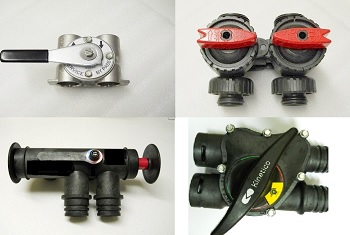
What Happens When A Water Softener Is In The “Bypass” Mode?
When a water softener is in “Bypass” mode, your water will not be treated by the water softener.
- The water coming into your home will go directly into your home leaving evidence of hard water and yellow/orange staining if ferrous (dissolved) iron is present in your water.
- White crusty spots may develop over time on dishes, sink faucets, showerheads, and other appliances that use water.
In other words, you will not get any of the benefits or improvements to your water that a water softener would normally provide.
Some common problems you may experience when your water softener is in the “Bypass” mode.
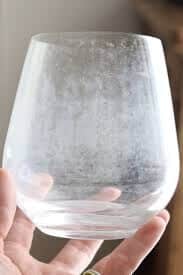
Hard water staining
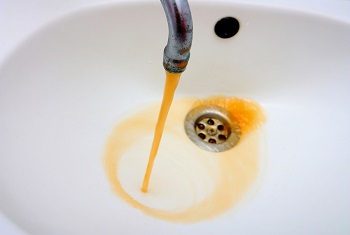
Iron staining

Hard mineral build-up in your plumbing

Dry skin
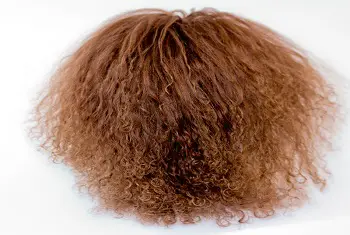
Stringy hair
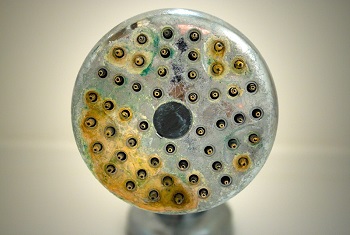
Clogging shower heads

Soap and detergents are less effective

Dingy clothing
What Happens When A Water Softener Is In The “Service” Mode?
- Drops of softened water will evaporate without leaving hard mineral or iron stains that can permanently etch glassware, dishes, shower doors, and water fixtures.
- Soap and detergents will work better, leaving your skin softer, your hair with more bounce, and even leaving your clothes coming out cleaner from your washing machine.
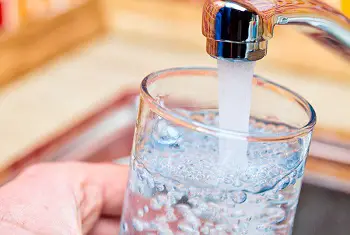
No hard water or iron staining
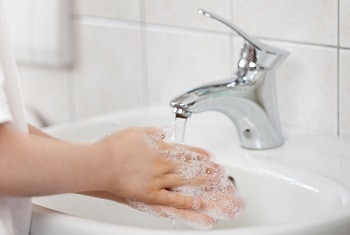
Soap lathers better

Smoother skin

Hair has more body

Cleaner cloths
Some Common Types Of Water Softener Bypasses In The “Service” Position.
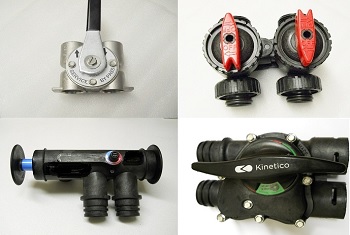
To Sum Up:
Your water softener should normally be left in the “Service” position to provide softened water for your home.
There are certain times when you may want to put your water softener into the “Bypass” position to protect the water softener from debris or contamination when the water coming into the water softener could be compromised.
When a water softener is in the “Service” position, your water will be treated by the water softener.
When a water softener is in the “Bypass” position, your water will continue into your home without the benefit of being softened or having ferrous (dissolved) iron removed from your water.


When you are leaving your home for an extended period of time, months, what should you do to ensure your water softener remains in good working condition apron your return? Bypass?
Cheers
Hello Ross and thank you for the question.
Bypassing your water softener is often a good idea, providing that your bypass valve is working properly, bypass the system and there should be nothing to worry about but your may want to contact the manufacturer for specific instructions about leaving your system unattended for long periods of time.
I hope this was helpful
Paul